When it comes to iconic Filipino cuisine, few dishes capture the nation’s culinary essence quite like lechon. This succulent, golden-brown roasted pig has become a beloved staple, gracing the tables of celebrations, festivals, and everyday meals across the Philippine archipelago. But beyond the classic whole roasted pig, the Philippines boasts different types of lechon variations, each with its own unique flavors and preparation methods.
In this comprehensive guide, we’ll embark on a flavorful journey through the different types of lechon found throughout the Philippines. From the classic Cebu-style lechon to the innovative lechon kawali and everything in between, you’ll discover the rich tapestry of this quintessential Filipino dish. Whether you’re a seasoned lechon enthusiast or a newcomer to this culinary delight, get ready to tantalize your taste buds and uncover the mouthwatering diversity of this Filipino culinary icon.
The Classic Cebu-Style Lechon
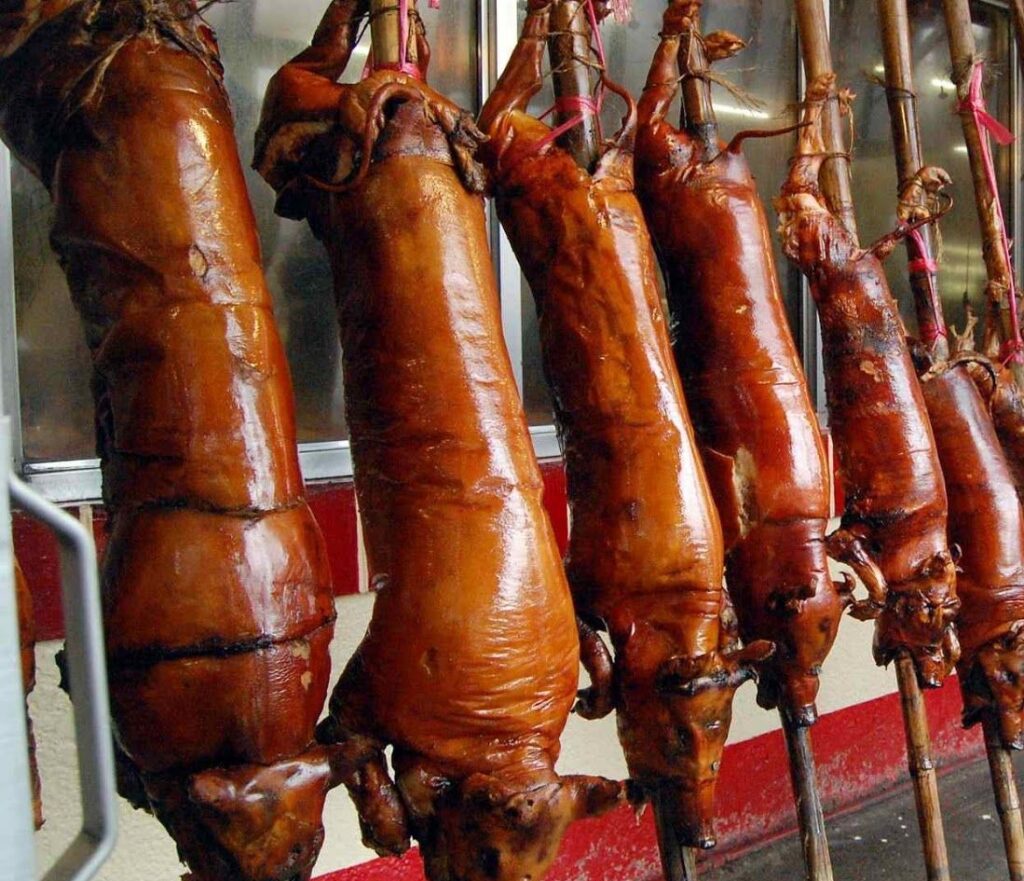
When most people think of lechon, the iconic Cebu-style lechon is often the first to come to mind. Originating from the province of Cebu, this version of roasted pig has earned international acclaim, with the city of Cebu even being dubbed the “Lechon Capital of the Philippines.”
The hallmark of Cebu-style lechon lies in its perfectly crisp, golden-brown skin that crackles with every bite, concealing layers of juicy, flavorful meat. The key to achieving this signature texture lies in the meticulous preparation process. The pig is carefully selected, usually a young, plump specimen, and meticulously cleaned and seasoned both inside and out. A savory mixture of spices, including salt, pepper, and often lemongrass or other herbs, is skillfully rubbed into the skin and cavity, infusing the meat with a robust, aromatic flavor.
The seasoned pig is then slowly roasted over charcoal, a process that can take several hours to achieve the desired level of tenderness and caramelization. The constant basting and rotation of the spit ensures that the skin develops that coveted crackling texture, while the meat remains moist and succulent. The result is a lechon that is nothing short of a culinary masterpiece, with each bite delivering a harmonious balance of salty, savory, and subtly sweet notes.
Lechon Cebu has become so renowned that it has spawned a dedicated industry, with lechoneros (lechon makers) in Cebu City and its surrounding areas perfecting their craft and vying for the title of the best lechon in the Philippines. Tourists and locals alike flock to these lechon specialty shops, eager to savor the ultimate lechon experience.
Lechon Stuffed with Delicious Fillings
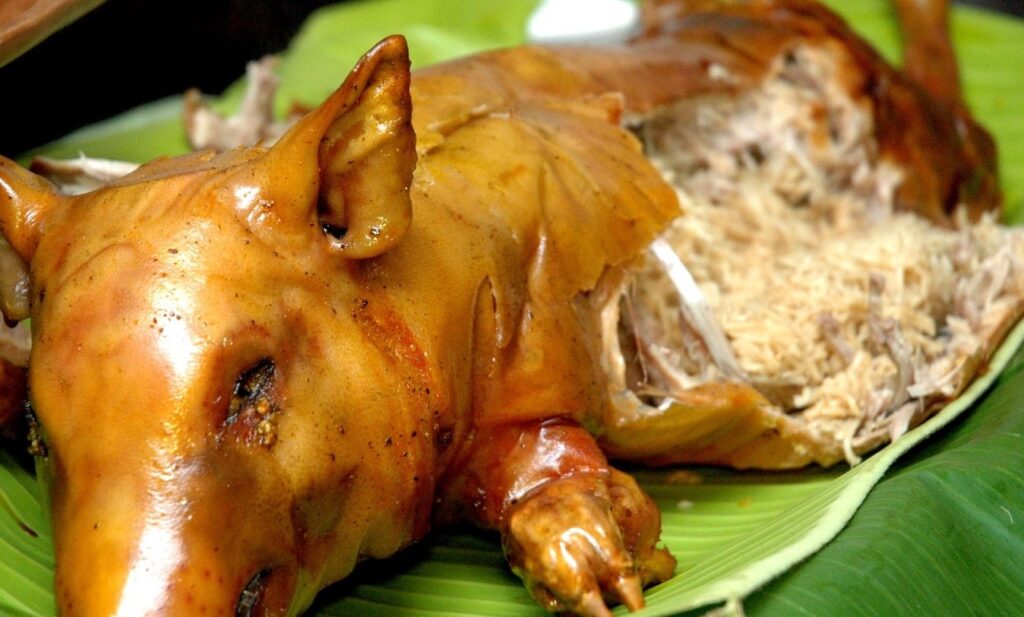
While the classic whole roasted pig is undoubtedly the most recognizable form of lechon, the Philippines has also given birth to a unique variation that takes the dish to new levels of indulgence – the stuffed lechon.
In this innovative take on the traditional lechon, the lechonero carefully stuffs the pig’s cavity with a variety of flavorful ingredients, creating a harmonious fusion of textures and tastes. The most common filling for stuffed lechon is a savory, aromatic mixture of ground pork, sautéed vegetables, and a medley of spices. This filling not only infuses the meat with an incredible depth of flavor but also ensures that every bite of the lechon provides a delightful burst of different textures.
Some lechoneros take the stuffing a step further by incorporating additional ingredients, such as liver pâté, sausages, or even seafood, to create even more complex and indulgent fillings. The result is a lechon that not only boasts a crispy, golden-brown exterior but also conceals a delectable surprise within, making each slice a true culinary revelation.
Preparing a stuffed lechon requires meticulous attention to detail, as the lechonero must carefully balance the seasoning of the filling, the size of the pig, and the cooking time to ensure that the meat remains juicy and the stuffing is cooked through to perfection. The careful basting and rotation of the spit are also crucial, as they help to evenly distribute the flavors and render the fat, creating that signature crispy skin.
Stuffed lechon has become a popular choice for special occasions and celebrations, as the unique filling adds an elevated touch to the classic roasted pig. Whether it’s a traditional pork-based stuffing or a more creative combination of ingredients, the stuffed lechon has cemented its place as a beloved variation of this quintessential Filipino dish.
Lechon de Leche: The Suckling Pig Delight
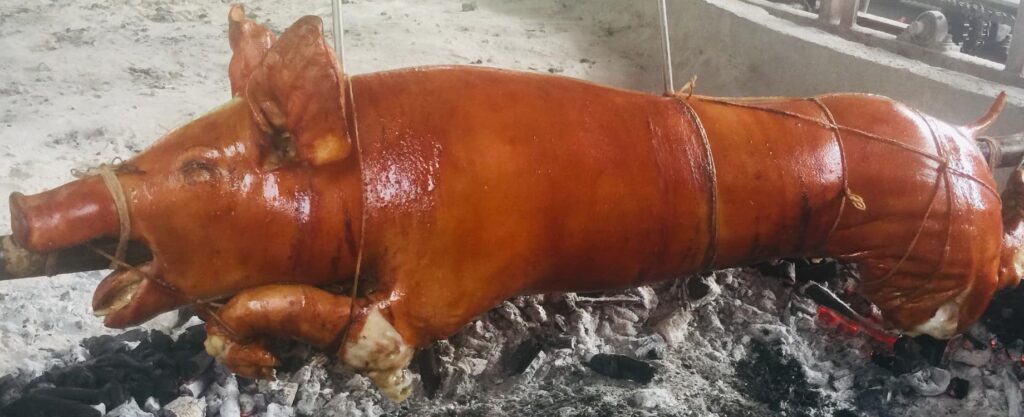
While the whole roasted pig and the stuffed lechon are undoubtedly the most well-known forms of this beloved Filipino dish, the Philippines also boasts a unique variation known as lechon de leche, or suckling pig lechon.
As the name suggests, lechon de leche features a young, milk-fed piglet that is carefully roasted to perfection, resulting in a dish that is both tender and flavorful. Unlike the larger, more mature pigs used for traditional lechon, the suckling pig has a more delicate and delicate texture, with a skin that is exceptionally crispy and a meat that is juicy and almost buttery in its richness.
The preparation of lechon de leche begins with the selection of the piglet, which is typically no more than a few weeks old. These young pigs are carefully chosen for their small size, usually weighing between 10 to 20 pounds, and their plump, tender meat. After the piglet is cleaned and seasoned, it is slowly roasted over charcoal or in a specialized lechon oven, with the lechonero meticulously basting and turning the spit to ensure even cooking and the development of that signature crackling skin.
Lechon de leche is often served as a centerpiece for special occasions, such as baptisms, weddings, and other celebratory events. The sight of a whole, perfectly roasted suckling pig is a true spectacle, with the lechonero skillfully carving the tender meat and serving it alongside traditional accompaniments like liver sauce, spicy vinegar, and steamed rice.
While lechon de leche may not be as widely available as its larger counterparts, it has become a highly sought-after delicacy among Filipino food enthusiasts. The unique flavor and texture of the suckling pig lechon make it a true indulgence, a dish that celebrates the exceptional quality of the key ingredient and the artistry of the lechonero.
Lechon Kawali: The Crunchy Alternative
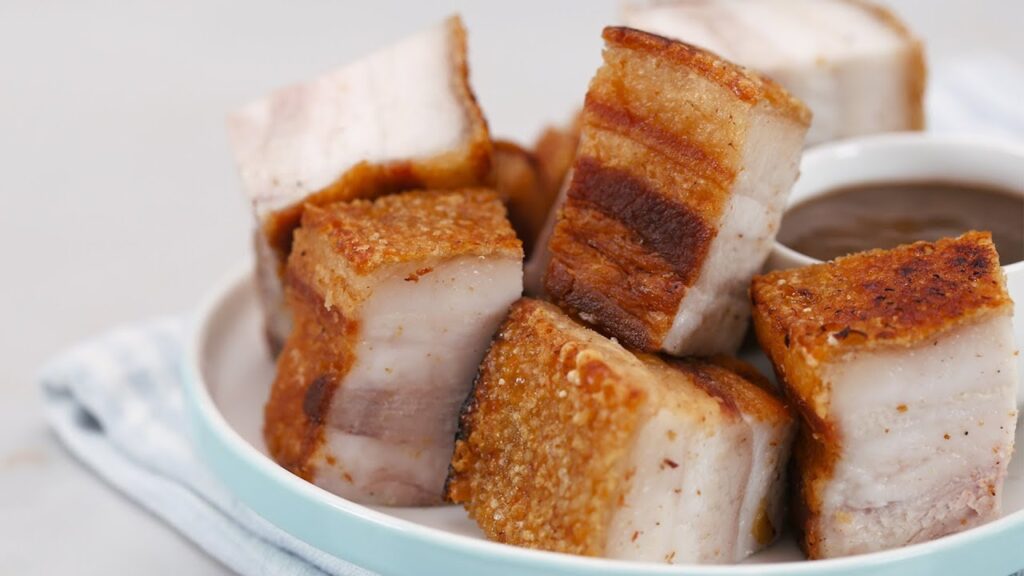
While the whole roasted pig is undoubtedly the most iconic form of lechon, the Philippines has also given birth to a delightful variation known as lechon kawali. This dish takes the essence of lechon and transforms it into a more manageable, bite-sized format.
Lechon kawali, also referred to as crispy pork belly, involves taking a slab of pork belly and deep-frying it until the skin achieves a golden-brown, crackly texture. The result is a dish that closely mimics the flavor and texture of traditional lechon, but in a more portable and snack-sized form.
The preparation of lechon kawali begins with carefully selecting a slab of pork belly, ensuring that it has the perfect balance of fat and lean meat. The pork is then meticulously scored, allowing the fat to render and the skin to crisp up during the frying process. Seasoning is key, with many lechon kawali recipes calling for a blend of salt, pepper, and other aromatic spices to be rubbed into the meat.
After the seasoning, the pork belly is slowly deep-fried, often in batches, to ensure even cooking and maximum crispiness. The slow frying process allows the fat to render, resulting in a supremely crunchy exterior that gives way to succulent, flavorful meat within.
Lechon kawali has become a beloved snack and side dish throughout the Philippines, often served alongside steamed rice, various dipping sauces, or as a topping for Filipino classic dishes like adobo or sinigang. Its portability and easy-to-share nature have made it a staple at parties, outdoor gatherings, and even as a quick and satisfying meal on the go.
Lechon Belly: The Pork Belly Sensation
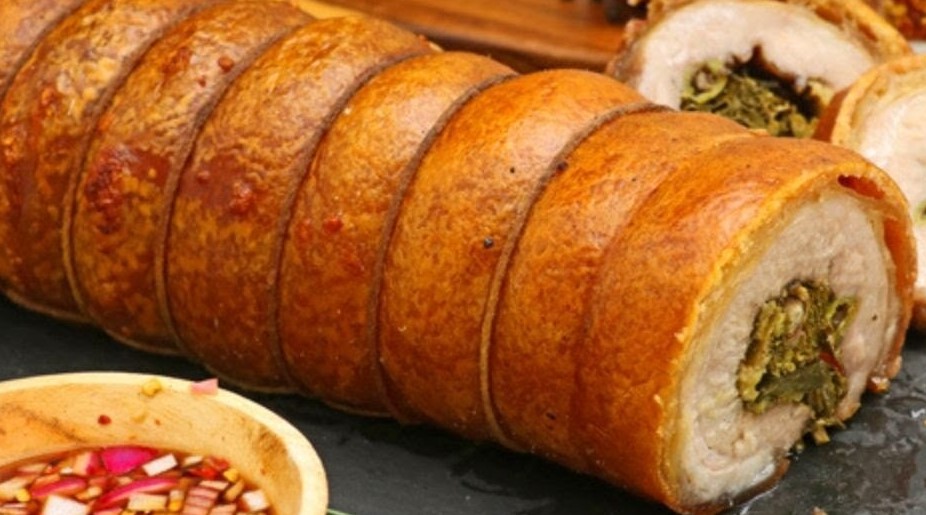
Another unique variation of lechon that has gained popularity in the Philippines is the lechon belly. As the name suggests, this dish features a slab of pork belly that is roasted to perfection, resulting in a harmonious balance of crispy skin and juicy, flavorful meat.
Lechon belly is often considered a more manageable and approachable version of the traditional whole roasted pig, as it eliminates the need for a large, whole animal and focuses solely on the pork belly, which is a beloved cut among Filipinos.
The preparation of lechon belly begins with the selection of a high-quality pork belly, ensuring that it has the right ratio of fat and lean meat. The pork is then meticulously scored, allowing the fat to render and the skin to develop that coveted crispy texture during the roasting process.
The seasoning for lechon belly often mirrors the flavors found in the classic whole lechon, with a blend of salt, pepper, garlic, and sometimes local herbs like lemongrass or bay leaves being rubbed into the meat and skin. The seasoned pork belly is then slowly roasted, either over charcoal or in a specialized lechon oven, with the lechonero carefully monitoring the cooking and basting the meat to ensure even caramelization and the perfect level of crispiness.
Lechon belly has become a popular choice for smaller gatherings, as it offers a more manageable and shareable version of the traditional lechon. It is often served alongside steamed rice, various dipping sauces, and other Filipino side dishes, making it a versatile and crowd-pleasing option.
Moreover, the lechon belly has also spawned a range of creative applications, with some lechoneros experimenting with different flavor profiles and cooking techniques to put their own unique spin on this beloved pork dish. From spice-rubbed variations to lechon belly cooked in a wood-fired oven, the possibilities for this adaptable lechon iteration are endless.
Lechon Paksiw: Giving Leftovers New Life
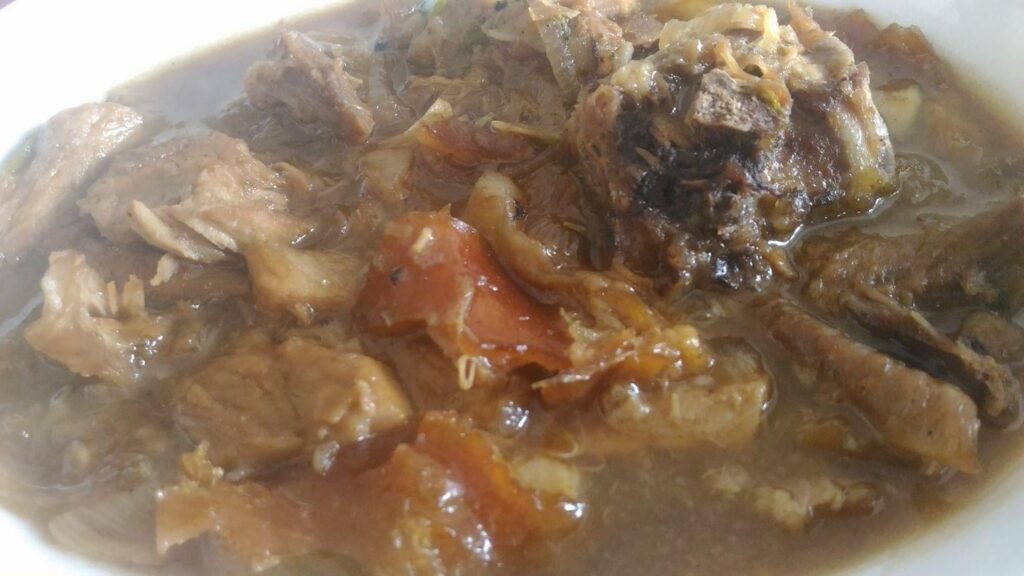
While the whole roasted pig, the stuffed lechon, and the various pork belly iterations are undoubtedly the stars of the lechon universe, the Philippines has also given birth to a unique dish that transforms leftover lechon into something equally delectable – lechon paksiw.
Lechon paksiw is a Filipino stew that takes the remnants of a previously roasted lechon and breathes new life into them. The process begins with simmering the leftover lechon in a savory, vinegar-based liquid, which not only tenderizes the meat but also infuses it with a bold, tangy flavor.
The key to a successful lechon paksiw lies in the carefully curated blend of ingredients that make up the stew. In addition to the leftover lechon, the dish typically features a combination of vinegar, soy sauce, garlic, onions, and various spices and herbs. The resulting liquid creates a rich, flavorful broth that perfectly complements the succulent lechon.
As the lechon paksiw simmers, the meat gradually becomes even more tender, with the fat rendering and the skin softening to create a harmonious texture. The dish is often served over steamed rice, with the savory, tangy stew providing a delightful contrast to the neutral base.
Lechon paksiw is not merely a practical way to repurpose leftover lechon; it is also a testament to the ingenuity and resourcefulness of Filipino cooks. By transforming the remnants of a previous celebration into a new and equally delicious dish, lechon paksiw embodies the Filipino spirit of making the most of every ingredient and finding innovative ways to honor culinary traditions.
Whether enjoyed as a standalone meal or as a complement to a larger lechon-centric feast, lechon paksiw has secured its place as a beloved and versatile variant of this quintessential Filipino dish.
The Cultural Significance of Teryos Lechon
Teryos Lechon has established itself as the preeminent lechon maker in the city of Antipolo. This family-owned business has been crafting some of the most sought-after roasted pigs in the region, earning a reputation for unparalleled quality and flavor. Led by a lineage of skilled lechoneros, Teryos Lechon has perfected the art of lechon-making, drawing upon time-honored techniques passed down through generations.
What sets Teryos Lechon apart is their unwavering commitment to using only the finest, freshest ingredients and meticulously following traditional preparation methods. From carefully selecting the pigs to meticulously seasoning and slow-roasting them over charcoal, every step of the process is executed with the utmost precision and care. This dedication has earned Teryos Lechon a loyal following among Antipolo locals and visitors alike, who flock to their flagship shop to savor the unparalleled flavor and texture of their signature lechon. As the leading lechon purveyor in the city, Teryos Lechon has become synonymous with the very essence of Antipolo’s culinary identity, cementing its status as a true icon of the region’s celebrated lechon tradition.
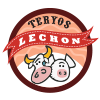
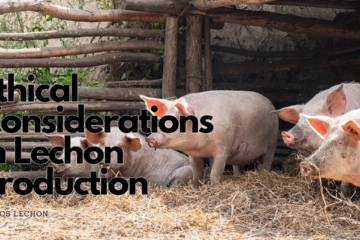
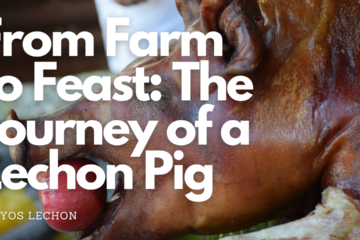

0 Comments